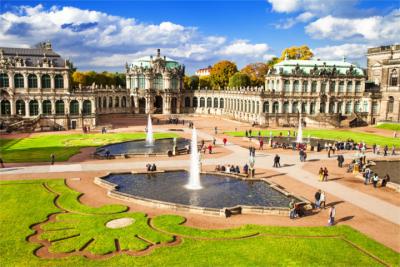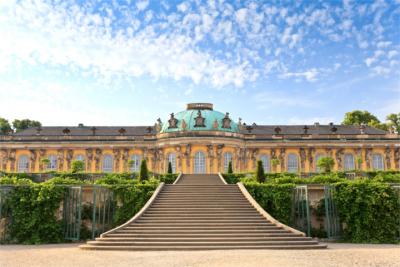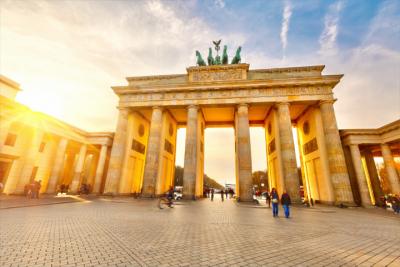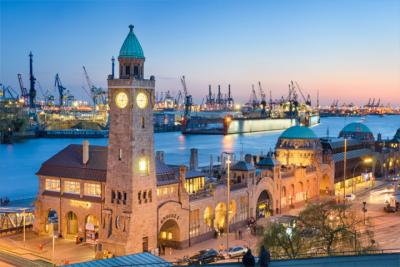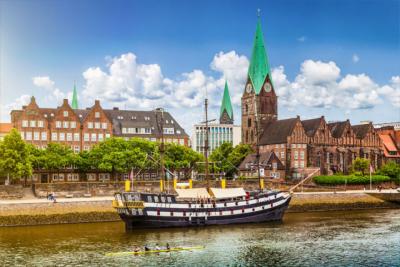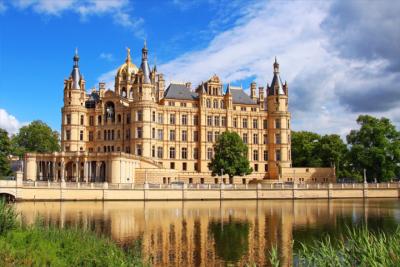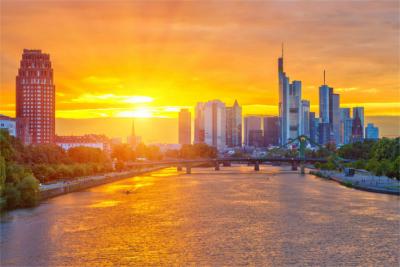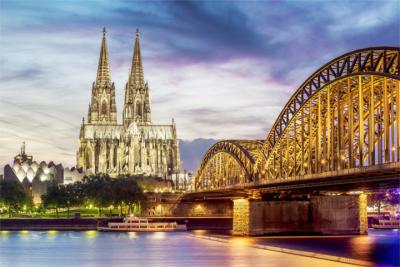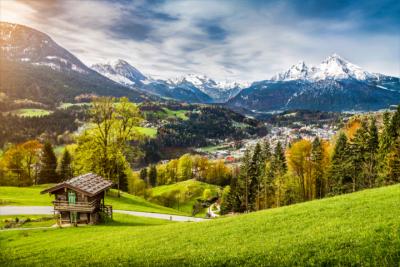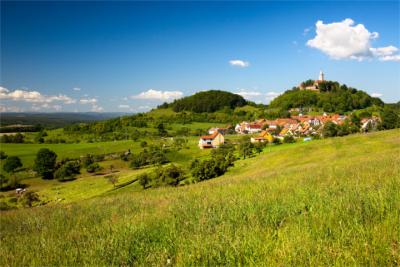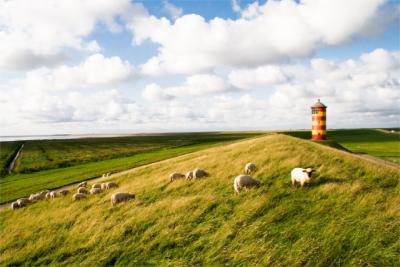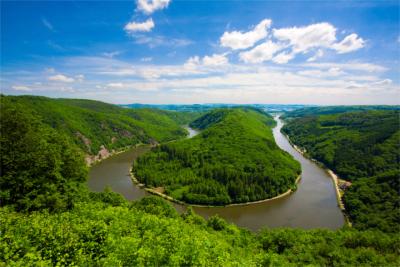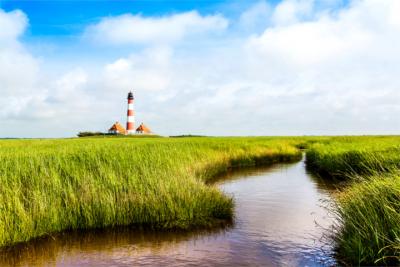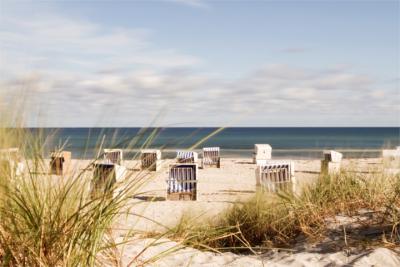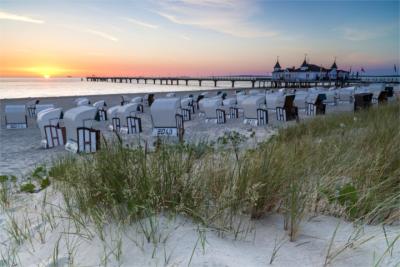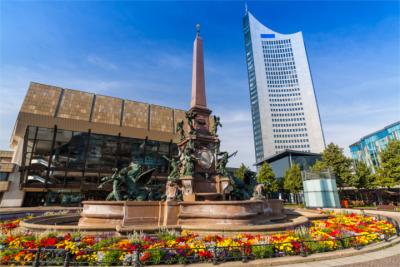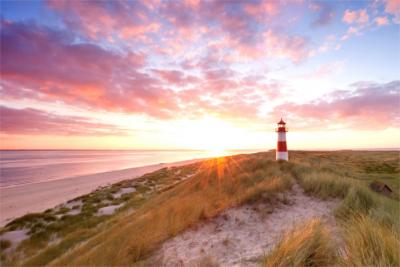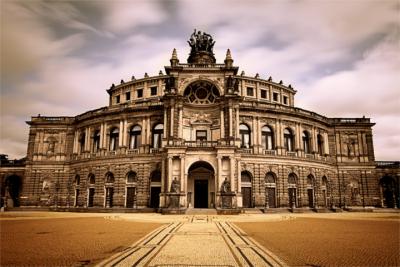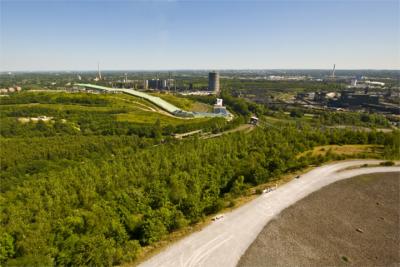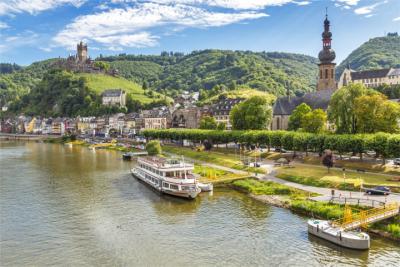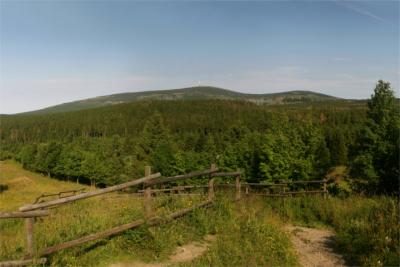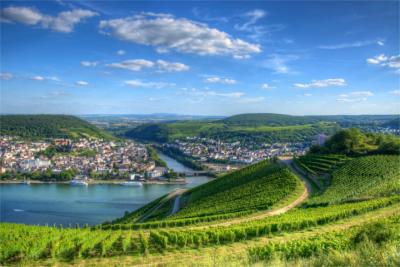Travel Offers
Travelmyne Featureprint
Distance
Saarland - Small but Mighty
The Saarland proves that size is not always important. Although it is the fourth smallest German state after Berlin, Hamburg and Bremen, it offers a wide range of sights and activities. Family holidays, closeness to nature, active or cultural trips - the state caters for all tastes.

Geography - The fourth smallest German state
The Saarland has an area of 2,569 km², which makes it the fourth smallest state of Germany. It lies in the south-west and has a population of about one million people. The Saarland is surrounded by North Rhine-Westphalia in the north and east, France in the south and Luxembourg in the west. Together with Lorraine, Luxembourg, Rhineland-Palatinate and the Belgian region of Wallonia, the Saarland forms the greater region of SaarLorLux. Besides the capital of Saarbrücken, the cities and towns of Merzig, Neunkirchen, Saarlouis, Homburg and Mettlach are of interest to tourists. Due to the oceanic climate, the Saarland is one of the warmest regions in the whole of Germany.
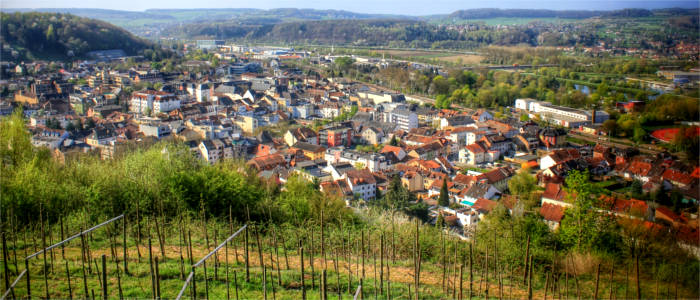
Nature - Forests and waters as local recreation areas
Although the Saarland is relatively small, it can be divided into different landscape areas: the Schwarzwalder Hochwald, the escarpments in Lothringen, the Saar-Nahe Hills, the Palatinate Forest, the Sankt Wendel region, the Köller valley, the Oster valley, the Bliesgau and the Saargau as well as parts of the Hunsrück. The landscape is characterised by a great number of elevations with the Dollberg (695.4 m) as the highest peak. About a third of the state's area is covered in deciduous mixed forest. Despite its name "Saarland", not the Saar but the Blies is the region's longest river. However, the Saar is very famous because of its beautiful Saarschleife ("Saar loop"). Other important rivers are the Moselle, the Nahe, the Prims and the Nied. Relaxation and recreation is offered by various lakes such as Ommersheimer Weiher (a pond), the Bostalsee and Losheimer Stausee (both reservoirs). The abundance of waters and forests make the state the perfect local recreation area.
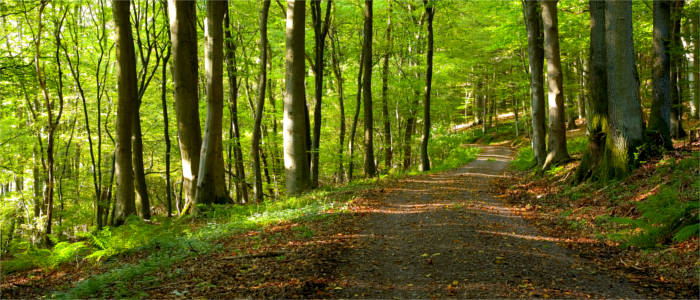
Culture - Testimonies of cultural and industrial eras
Due to its geographical position and its history, the Saarland is called "Germany's most French state". It is an industrial region whose most important economic sector used to be hard coal mining. This 250-year-old tradition ended in 2012. The Völklingen Ironworks, which was founded in 1873, is part of the UNESCO World Cultural Heritage. However, there is also a number of non.-ndustrial sights, which make a trip to Saarland worthwhile. Visitors find many museums, galleries, churches and chapels as well as historical buildings. Examples are the Roman Villa Borg, Dagstuhl Castle, the Saarland Museum, the Ludwigskirche and the Haus Ludwig (an art museum). Special sights are the Roman and Celtic excavations at the Obermosel ("Upper Moselle") as well as the Celtic circular wall of Otzenhausen. Travellers have the opportunity to get to know Saarland's history by visiting religious, baroque and industrial testimonies.
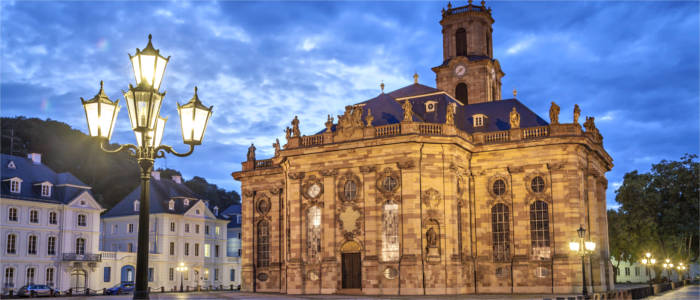
Experience - Exploring Buntsandstein caves
Families are drawn to the European Archaeological Park of Bliesbruck-Rheinheim, the Zoo in Saarbrücken or Neunkirchen, the SaarForst (a primeval forest), the Naturwildpark ("nature and wildlife park") Freisen and the Wolf Park in Merzig. The variety of leisure and adventure parks is generally great. One highlight is the Schlossberghöhle ("castle mountain cave"), a Buntsandstein ("coloured sandstone") cave in Homburg. Travellers who enjoy going shopping find greater shopping miles in the cities but also beautiful small shopping districts and several outlet centres, in which ythey can buy high-quality goods for little money. Of course, the Saarland also offers culinary specialities. The best-known one is the Lyoner Ring (Bologna sausage), a lightly smoked pork sausage. Due to the relatively high density of population and the state being part of one of the three classic industrial regions of Germany, there is a wide range of destinations for party-goers. Saarlouis' old town, for example, is a well-known bar district, Saarbrücken's old town offers many culinary specialities and is very popular with students and the industrial park Altes Hüttenwerk in Neunkirchen regularly hosts cultural events.
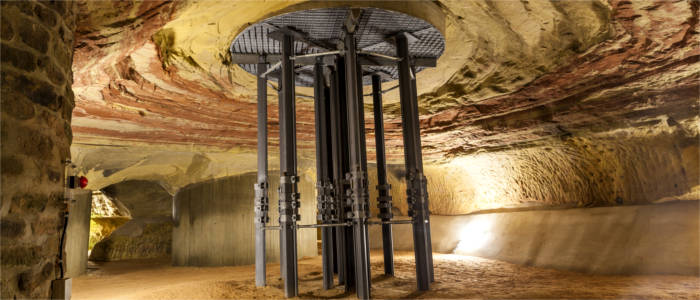
Activities - Exploring the region on foot or in a saddle
The Saarland is excellently suited for hikers and cyclists. It is equipped with numerous hiking and cycling trails along the rivers. Horse lovers can ride from one place to the next and enjoy the region's impressive landscape on their way. The lakes offer great conditions for going bathing in summer. Take a ride on the Ostertalbahn, go on a boat trip or dig for treasures in the Edelsteindorado ("gemstone eldorado") in Freisen.
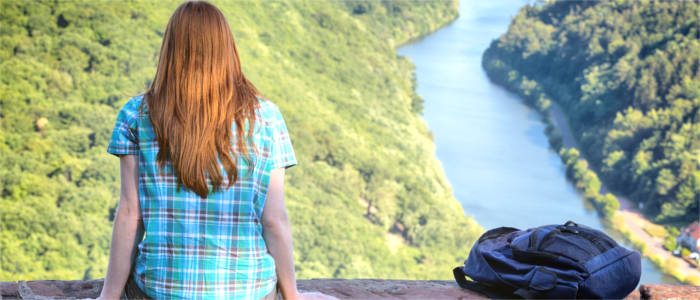
Information
Due to the industrialisation, the Saarland is equipped with excellent traffic connections. The railway network is particularly well-developed, which makes arriving by train very convenient. There is a transport system tariff, which divides the Saarland into so-called "Waben" ("honeycombs"). This tariff applies to the buses, trains and trams. In addition, there are very good connections to the neighbouring states.
Learn about the history of this region with the help of many testimonies. A trip to the Saarland is a memorable experience for all lovers of nature and culture enthusiasts.

